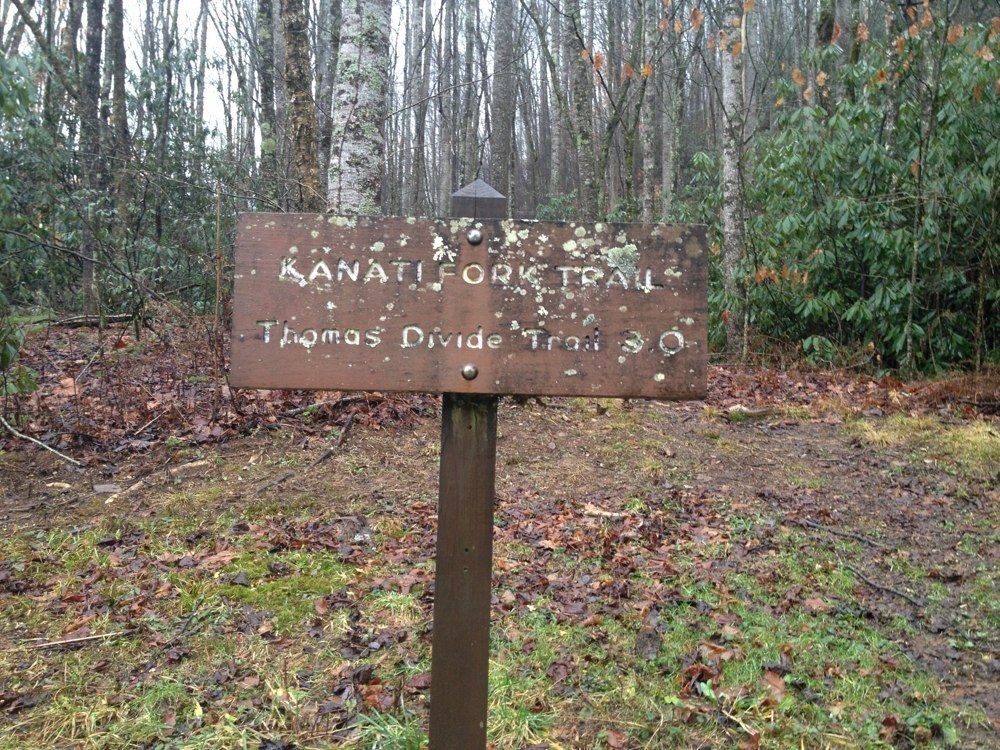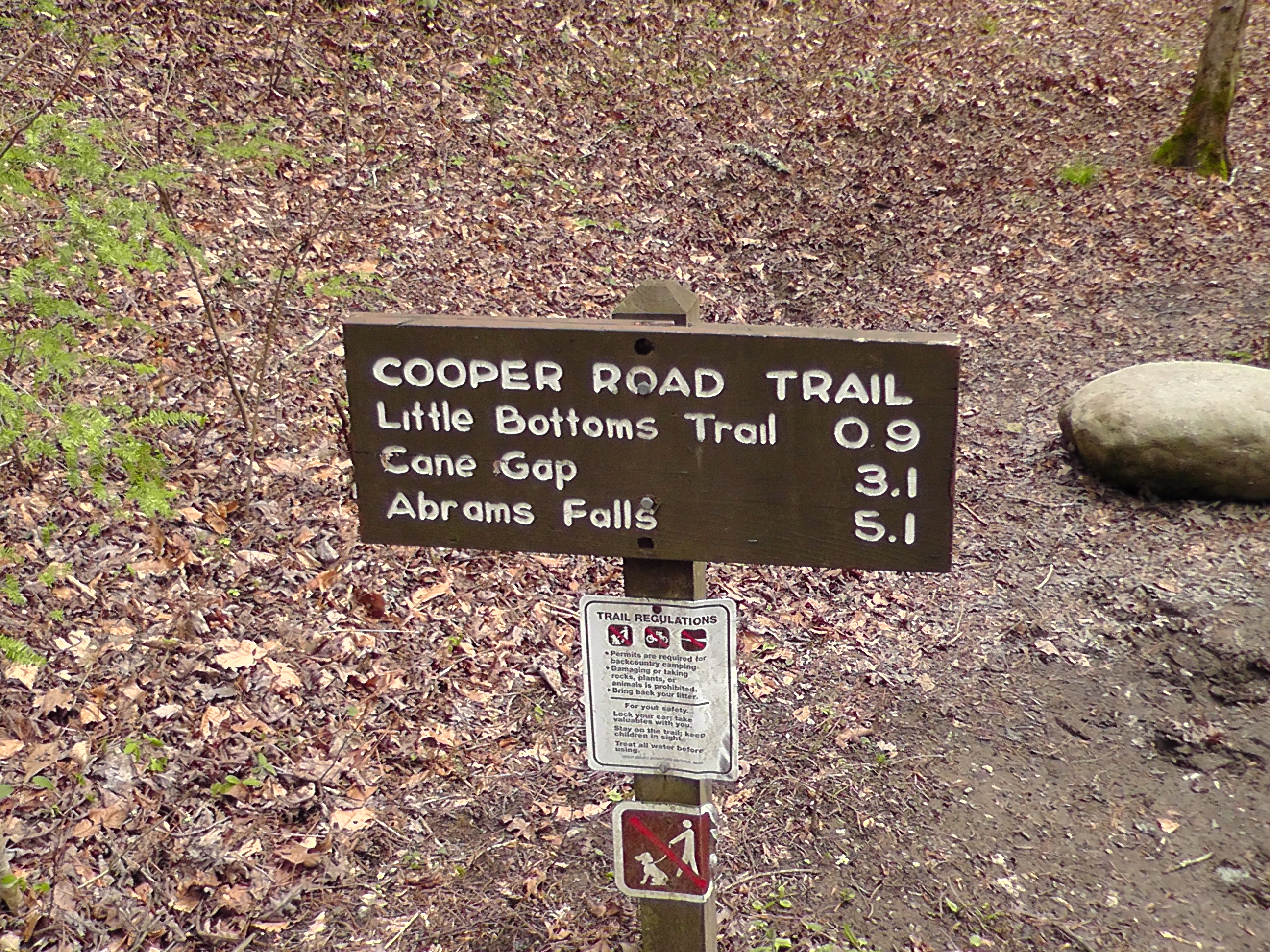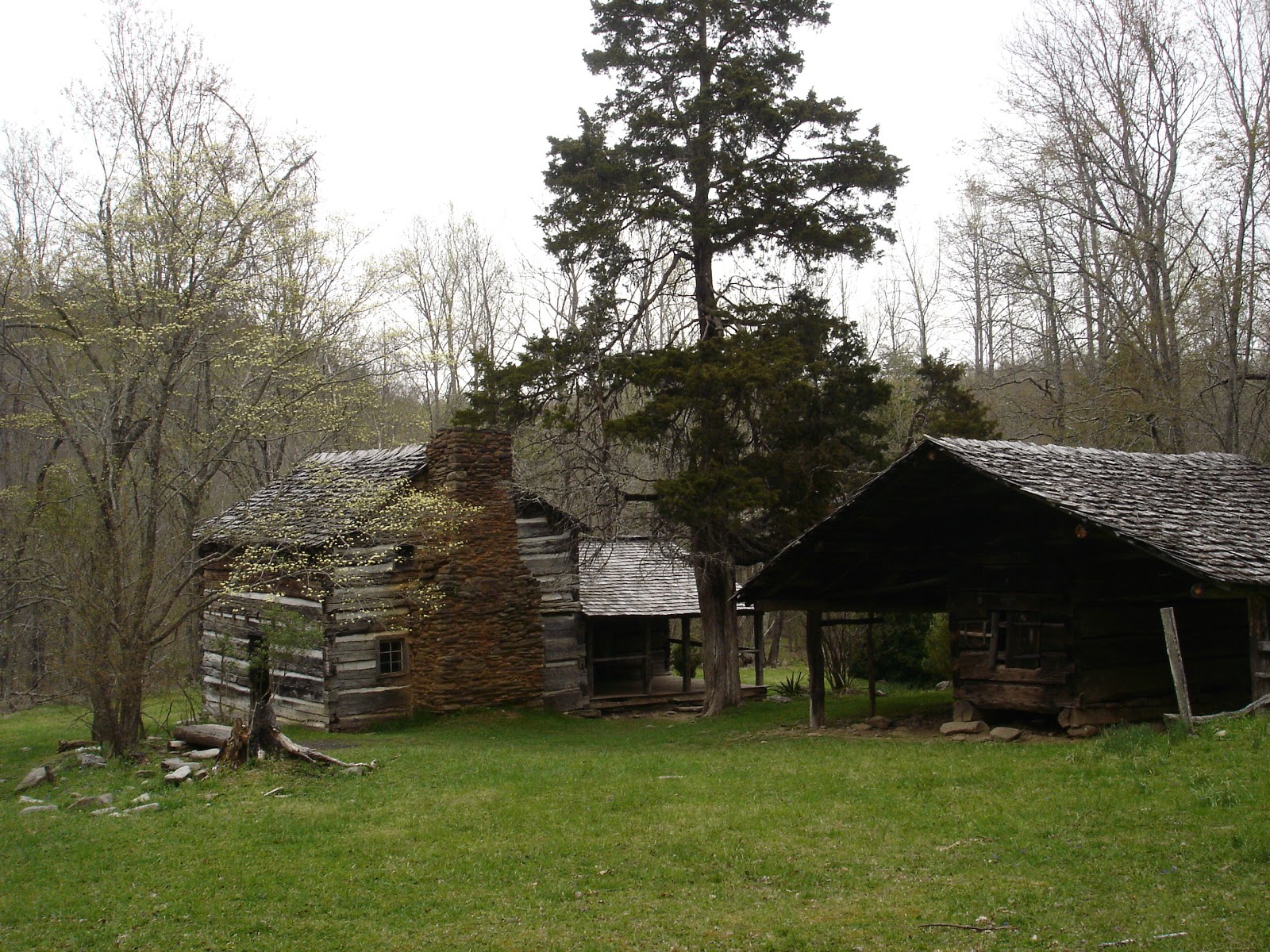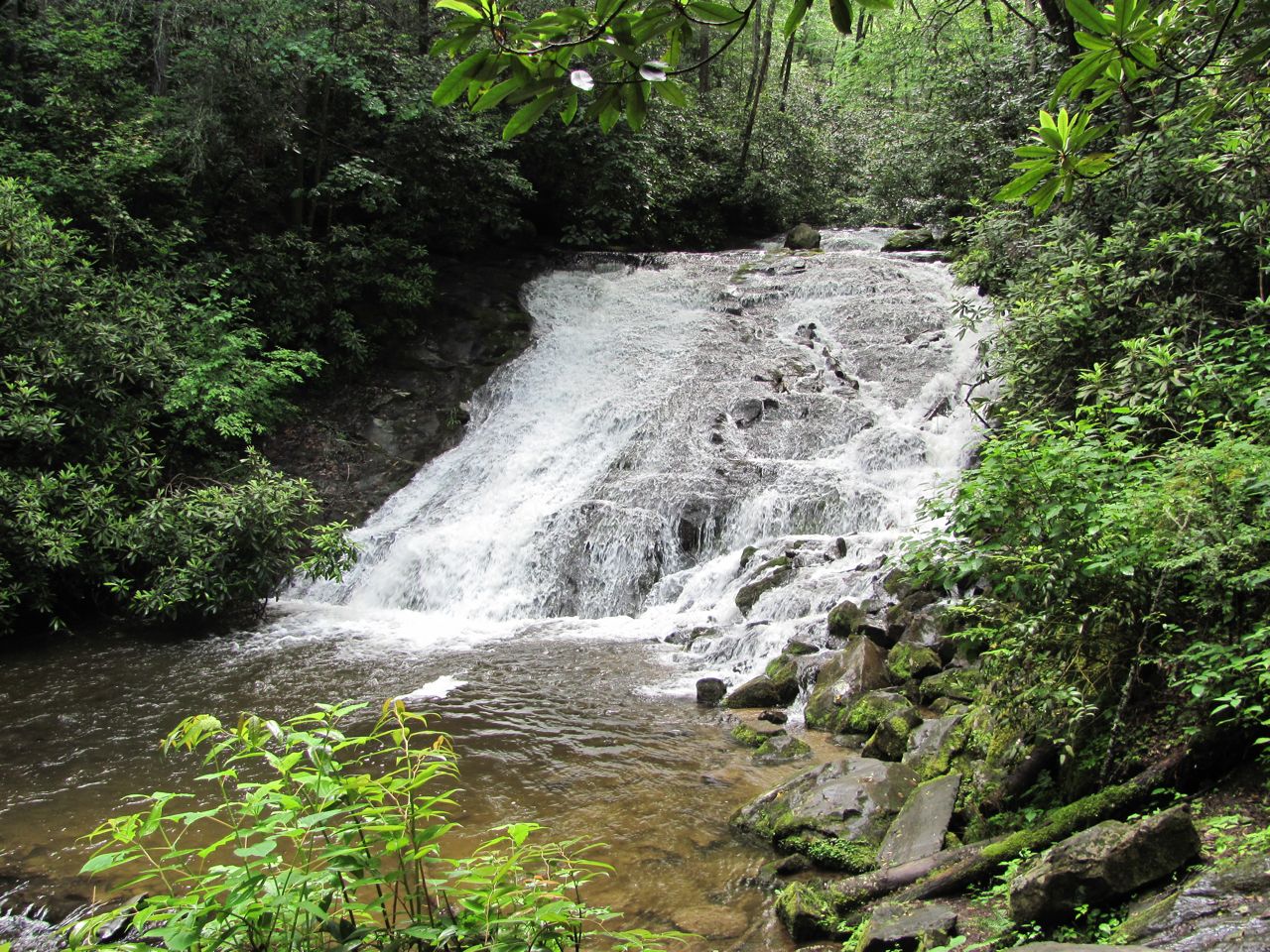One of the many great state parks in Tennessee, Panther Creek State Park is located in Morristown, TN in the shadow of the Smoky Mountains. This park is made up of more than 1,400 acres and houses many opportunities for outdoor activities and lots of fun. Water sports, camping, boating and little history thrown in to boot make this an extraordinary park to visit while you are in the Smoky Mountains on vacation. Or maybe, you live in the area and you have never ventured out to the numerous state parks in the area – what are you waiting for?
Panther Creek and Panther Springs have an interesting story behind their names. Supposedly, the area was originally scouted by one Colonel Bradley of Virginia. While he and his men were exploring the area, he spied a panther or a mountain lion near the spring. He took careful aim and shot the animal which fell into the spring. Thus he named the creek and the spring after the animal that he shot on the banks of the river.
Panther Creek State Park borders the Cherokee Reservoir. This man made body of water was created by an impoundment of the Holston River on its way to its confluence with the French Broad River – where the Tennessee River is formed. The Cherokee Reservoir provides a wonderful playground on the placid water. Panther Creek State Park is about 35 miles from Knoxville and about 45 miles north of the Great Smoky Mountains National Park.
 When you get to Panther Creek State Park you will find that many of the activities focus around Cherokee Lake. Boating, boat rentals, a bait shop and more are located right on the shore of the lake. While you are there, you might as well spend the night in one of the 50 campsites that are located around the lake. The campsites are full service with electrical hookups, grills, picnic tables and more. Many people come to Cherokee Lake looking to hook into a big fish. Bluegill, catfish, crappie, bass and bream can be found in the cool waters of the lake. Or maybe you want to go for a swim. The campground has a swimming pool on premises with a high dive and a wading area for the little kids in your family.
When you get to Panther Creek State Park you will find that many of the activities focus around Cherokee Lake. Boating, boat rentals, a bait shop and more are located right on the shore of the lake. While you are there, you might as well spend the night in one of the 50 campsites that are located around the lake. The campsites are full service with electrical hookups, grills, picnic tables and more. Many people come to Cherokee Lake looking to hook into a big fish. Bluegill, catfish, crappie, bass and bream can be found in the cool waters of the lake. Or maybe you want to go for a swim. The campground has a swimming pool on premises with a high dive and a wading area for the little kids in your family.
If you are looking for a change of pace or just a great weekend excursion to the foothills of the Smokies, Panther Creek State Park has a lot to offer those looking for a day of fun around the lake or for a week long getaway. Fish, camp, swim, boat and basically get outdoors spending plenty of time in the fun and the sun at Panther Creek.

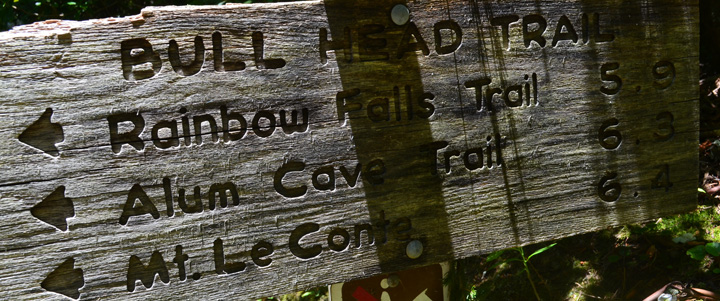
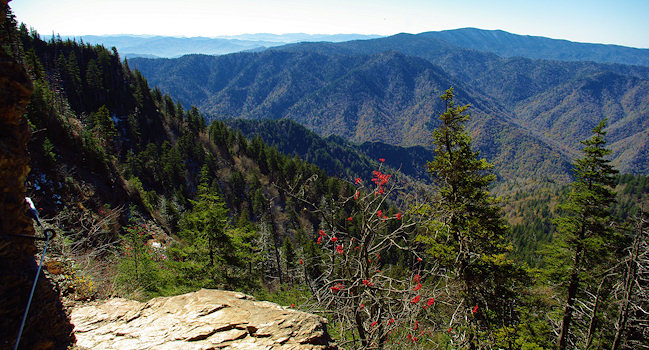

 In modern times, you can visit a Fort Loudon that has been rebuilt to what it might have been like in its heyday. You get to experience the time period and through living history you get to talk to the people that worked the fort. The reenactors and volunteers make this an amazing visit for people of all ages. They not only appear in the clothes that the people of the 18th century would have worn but they are conversant on the topic so f the day, showing crafts and skills that the people of the garrison and the communities around the fort would have possessed. If you are really interested in that time period then you might want to plan your visit to the historic site for one of the Garrison Weekends that they have throughout the year. On those weekends, they have crafters and vendors come in with 18th century materials and they also have a mock battle between the British from the fort and the French and Indians that would raid the fort sometimes on a daily basis.
In modern times, you can visit a Fort Loudon that has been rebuilt to what it might have been like in its heyday. You get to experience the time period and through living history you get to talk to the people that worked the fort. The reenactors and volunteers make this an amazing visit for people of all ages. They not only appear in the clothes that the people of the 18th century would have worn but they are conversant on the topic so f the day, showing crafts and skills that the people of the garrison and the communities around the fort would have possessed. If you are really interested in that time period then you might want to plan your visit to the historic site for one of the Garrison Weekends that they have throughout the year. On those weekends, they have crafters and vendors come in with 18th century materials and they also have a mock battle between the British from the fort and the French and Indians that would raid the fort sometimes on a daily basis. Of course, this is also a
Of course, this is also a 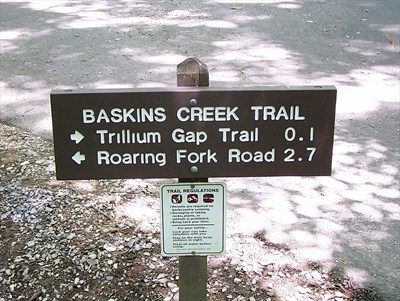
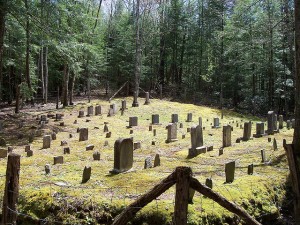 Once on the trail trail, you’ll notice various red maples, oaks, Eastern hemlocks. In winter, you can catch glimpses of Mount LeConte along the trail. You’ll cross Falls Branch at exactly 1 mile into the hike by stepping stones before descending a short ways.
Once on the trail trail, you’ll notice various red maples, oaks, Eastern hemlocks. In winter, you can catch glimpses of Mount LeConte along the trail. You’ll cross Falls Branch at exactly 1 mile into the hike by stepping stones before descending a short ways.
